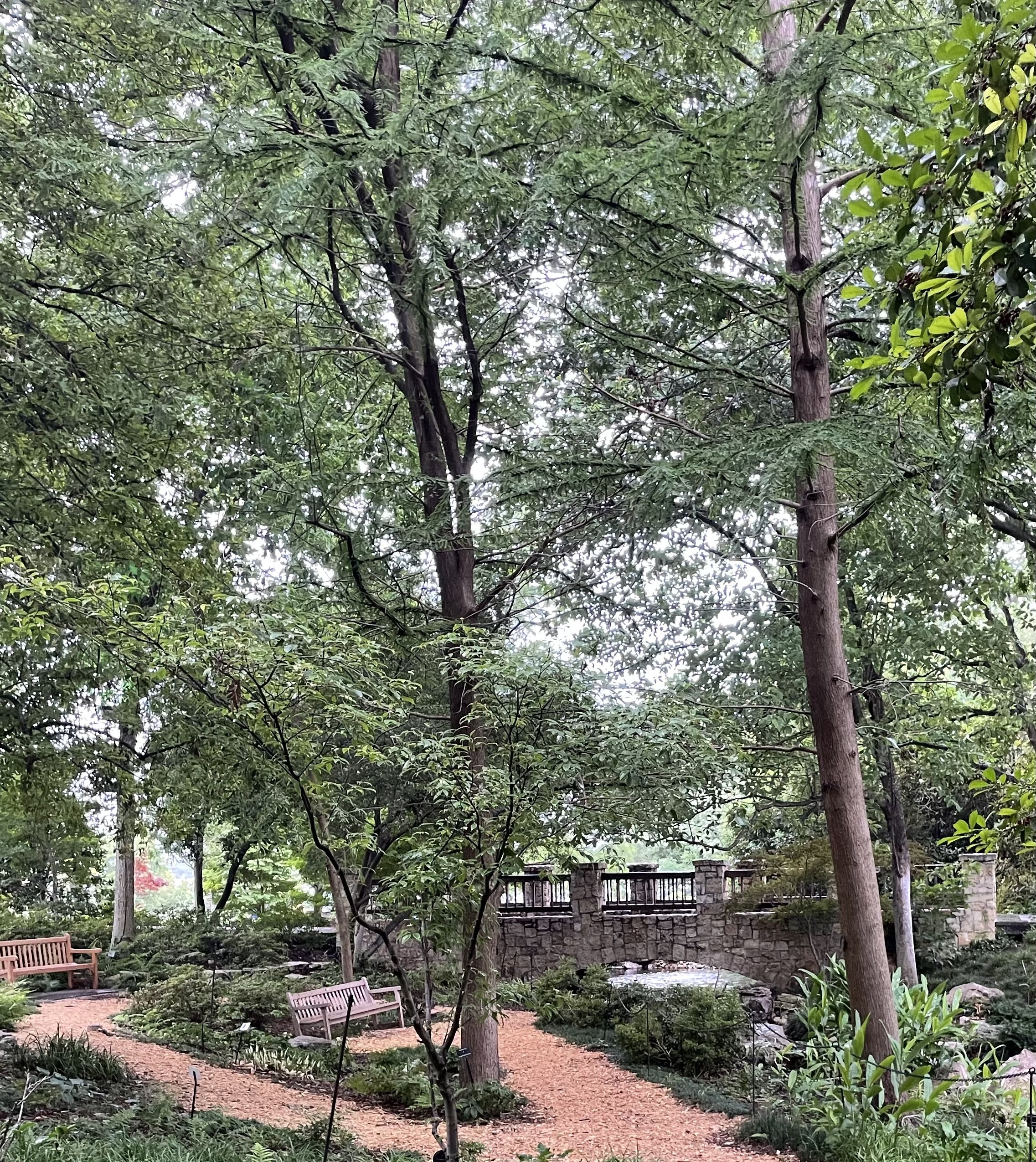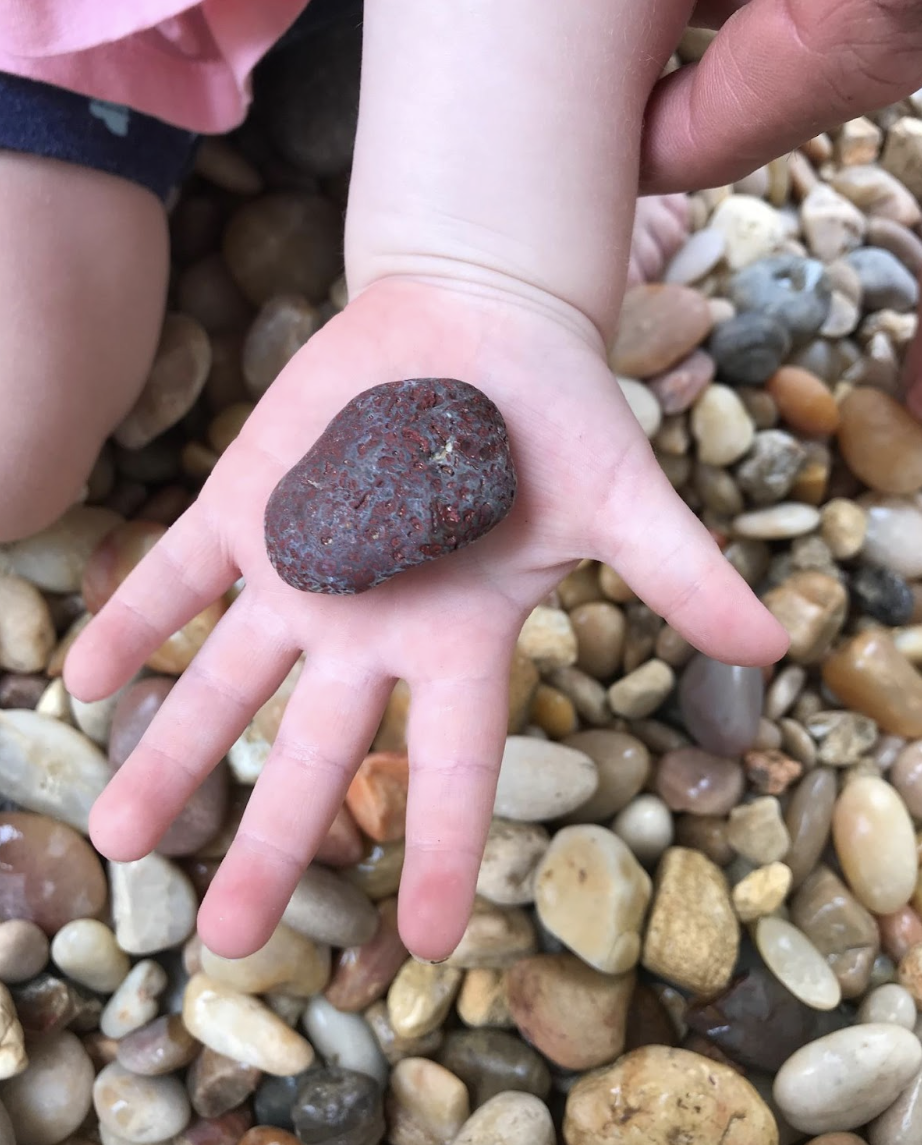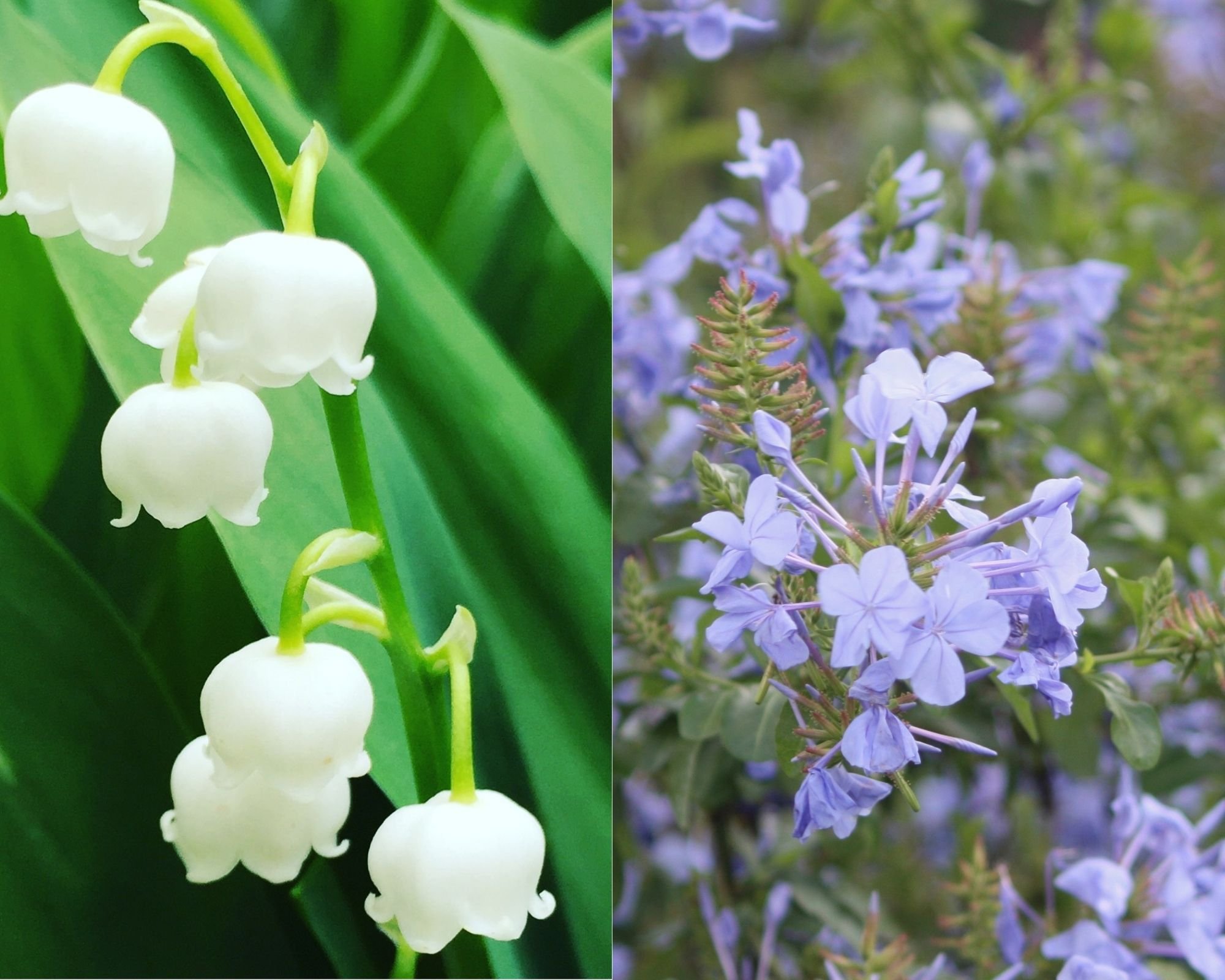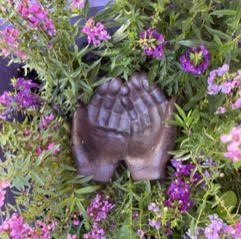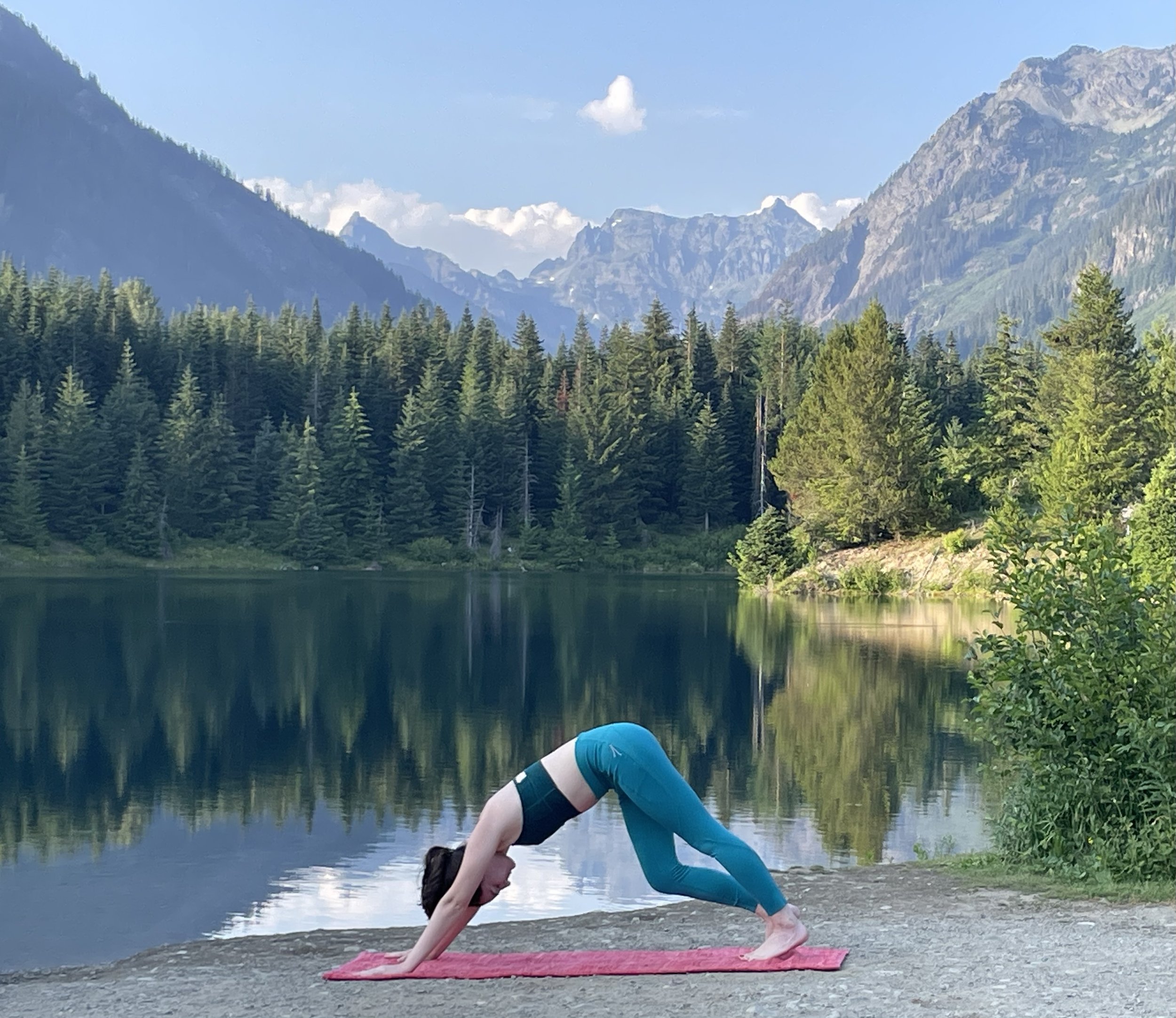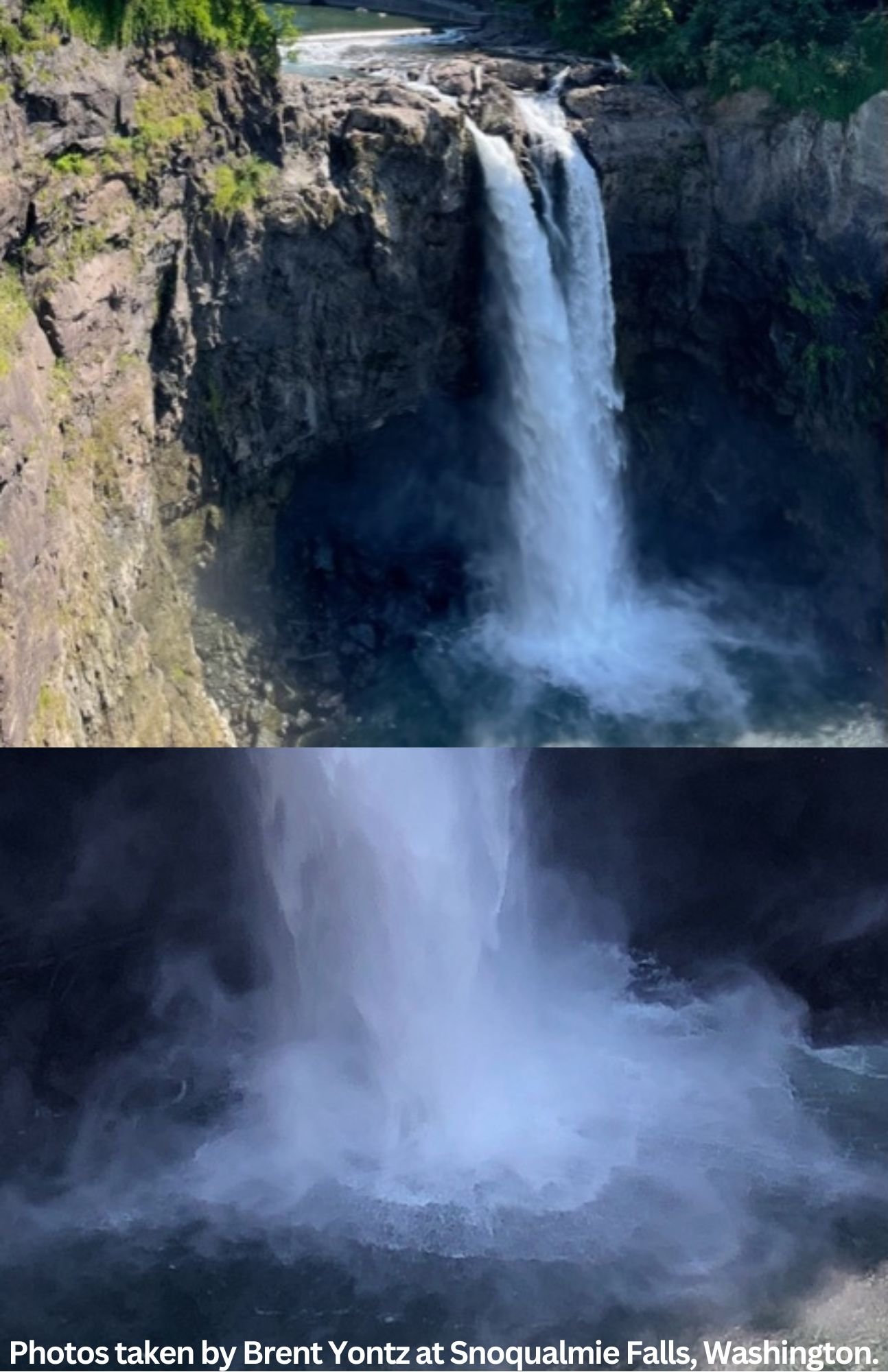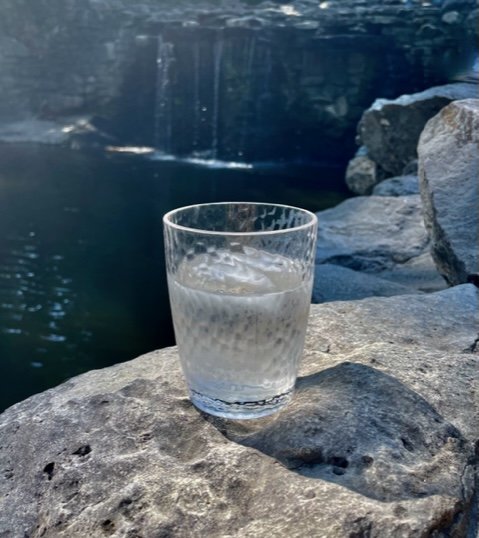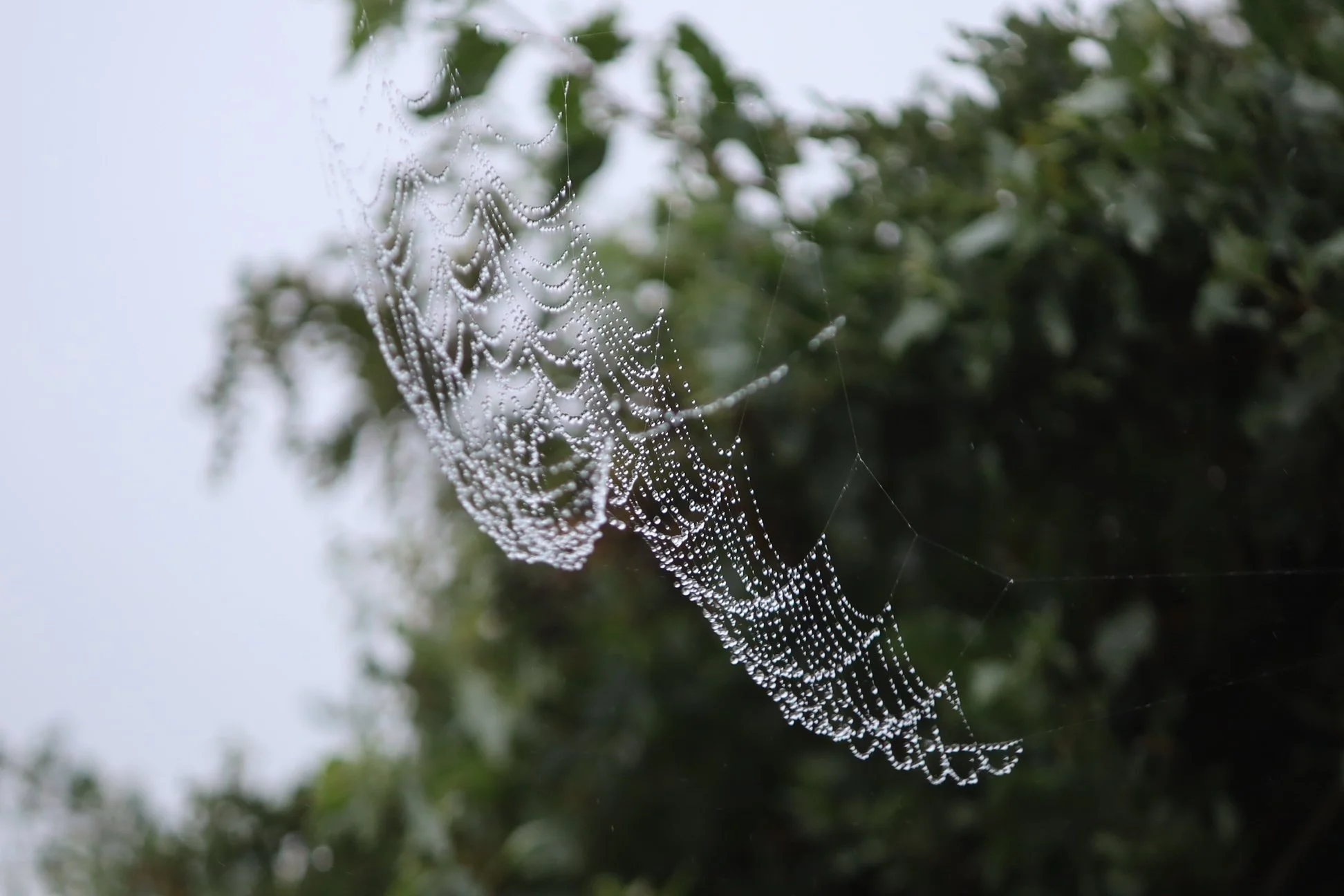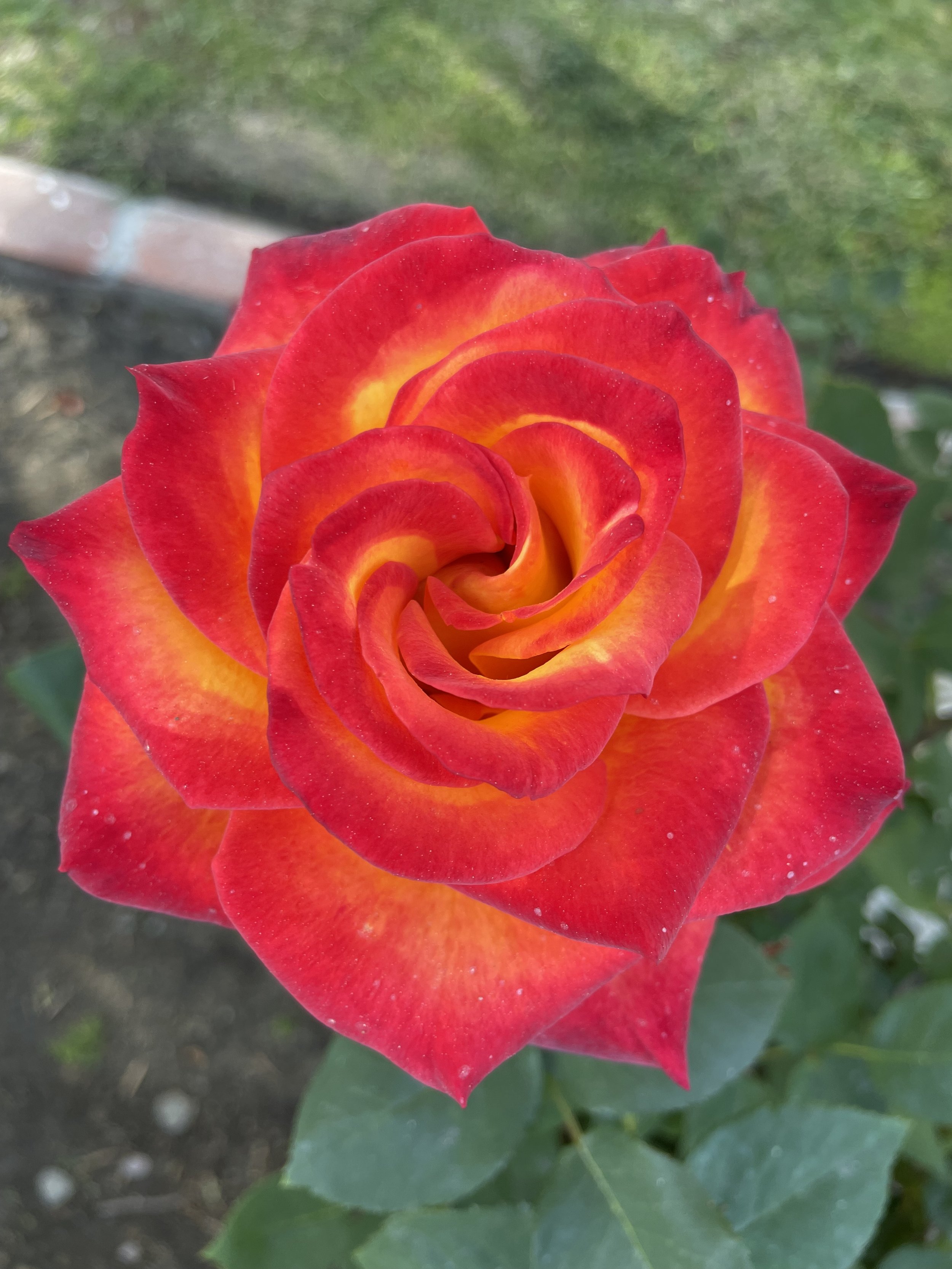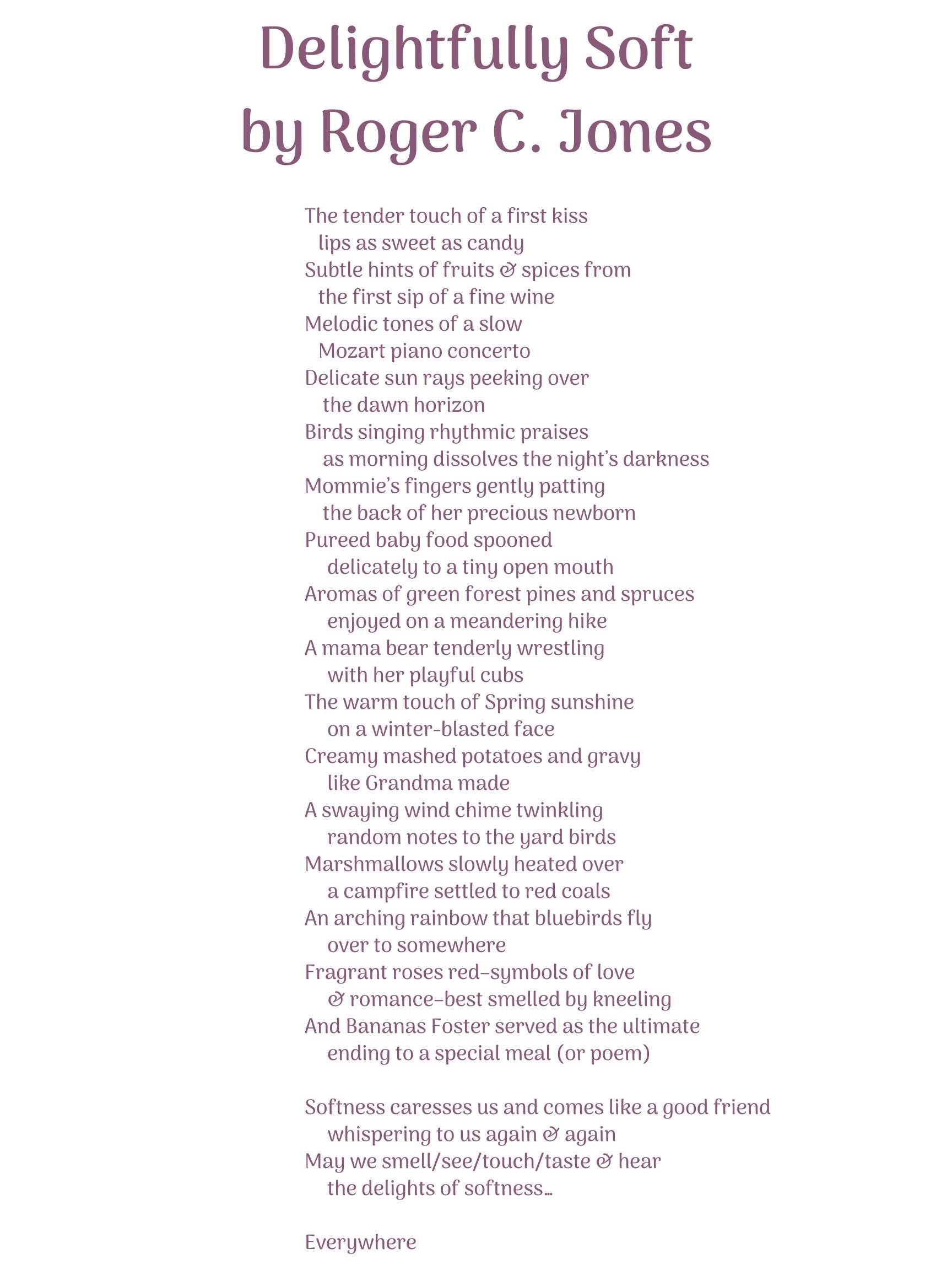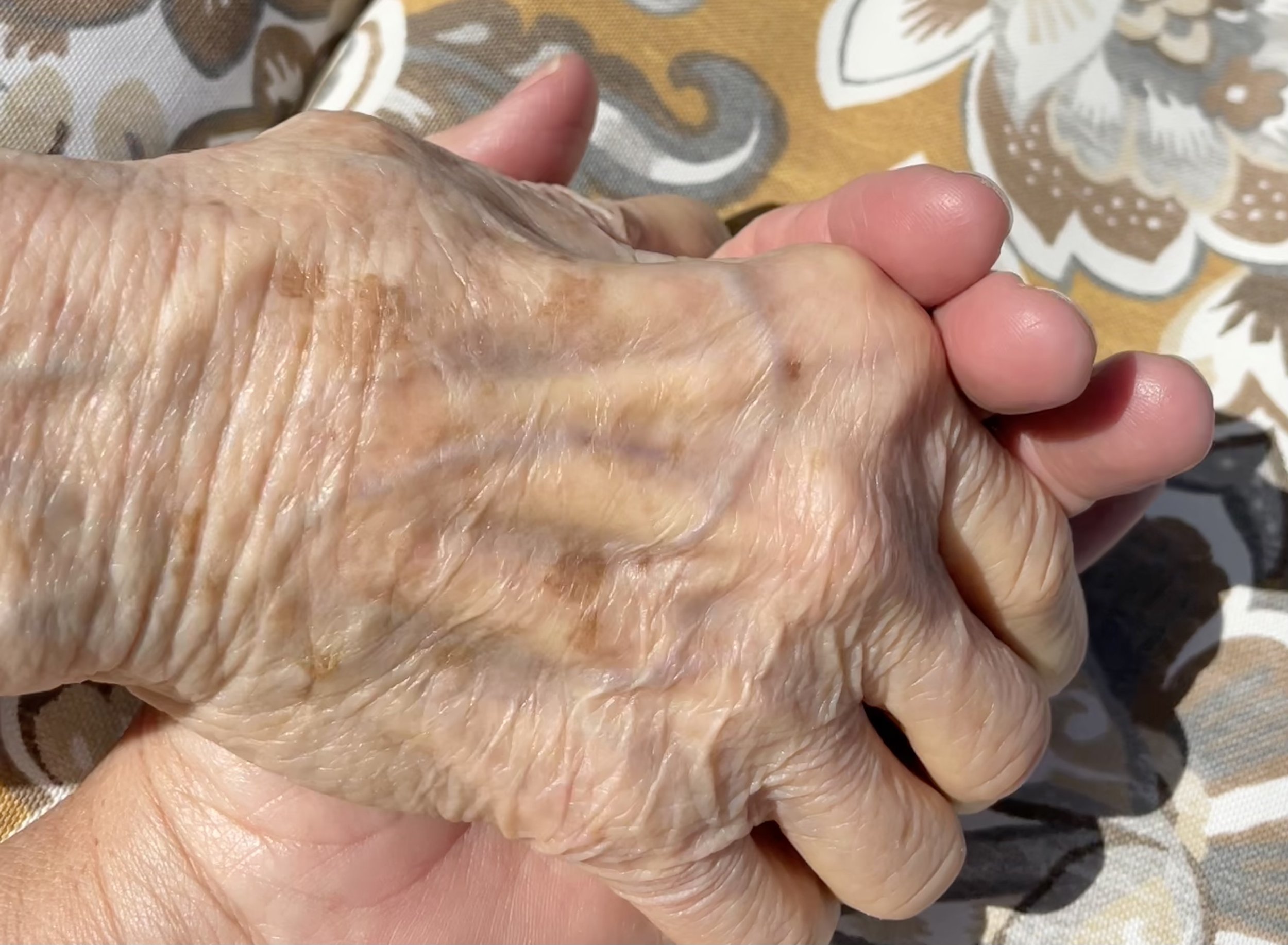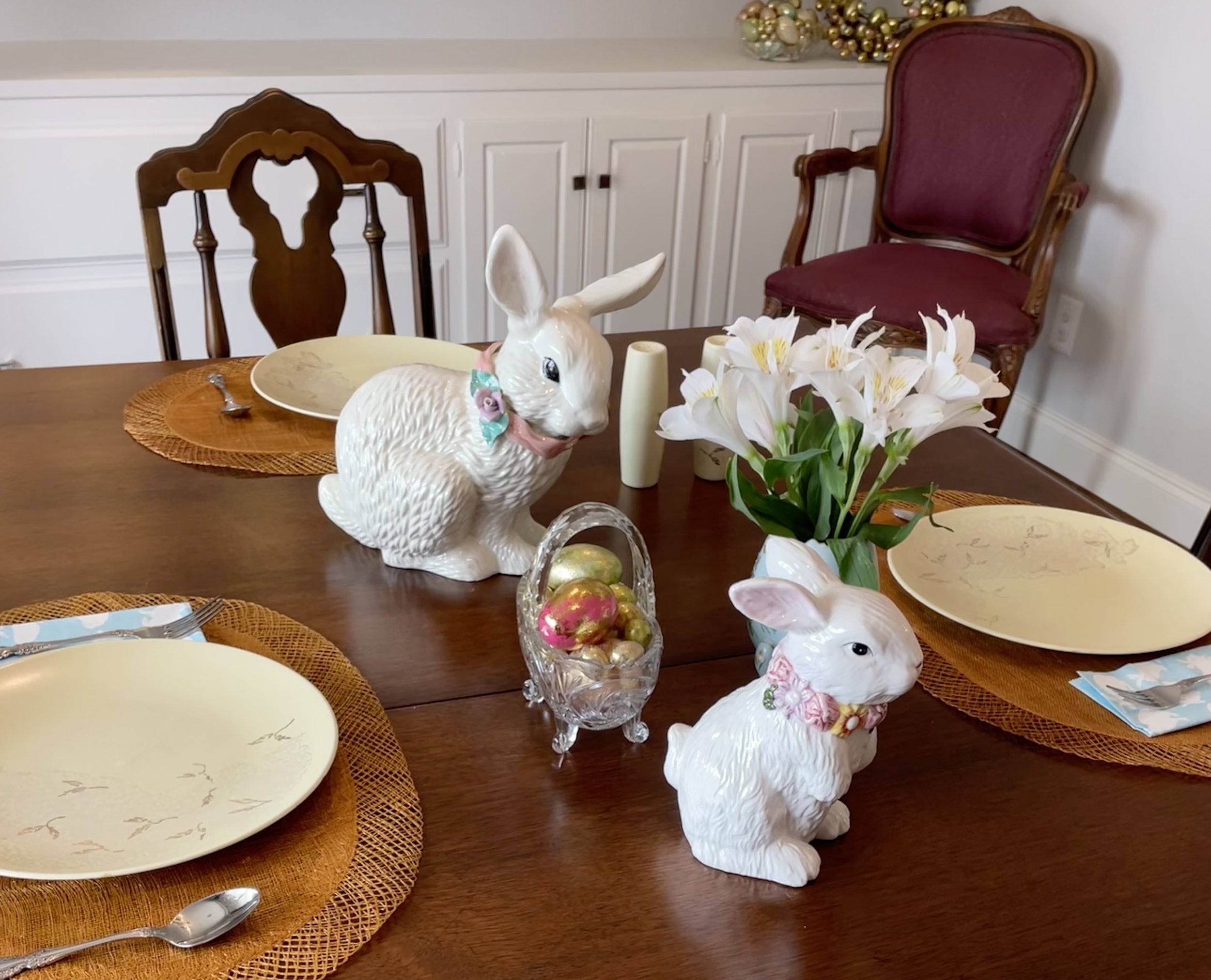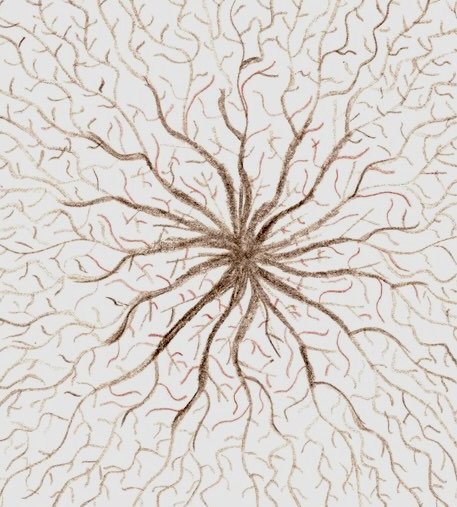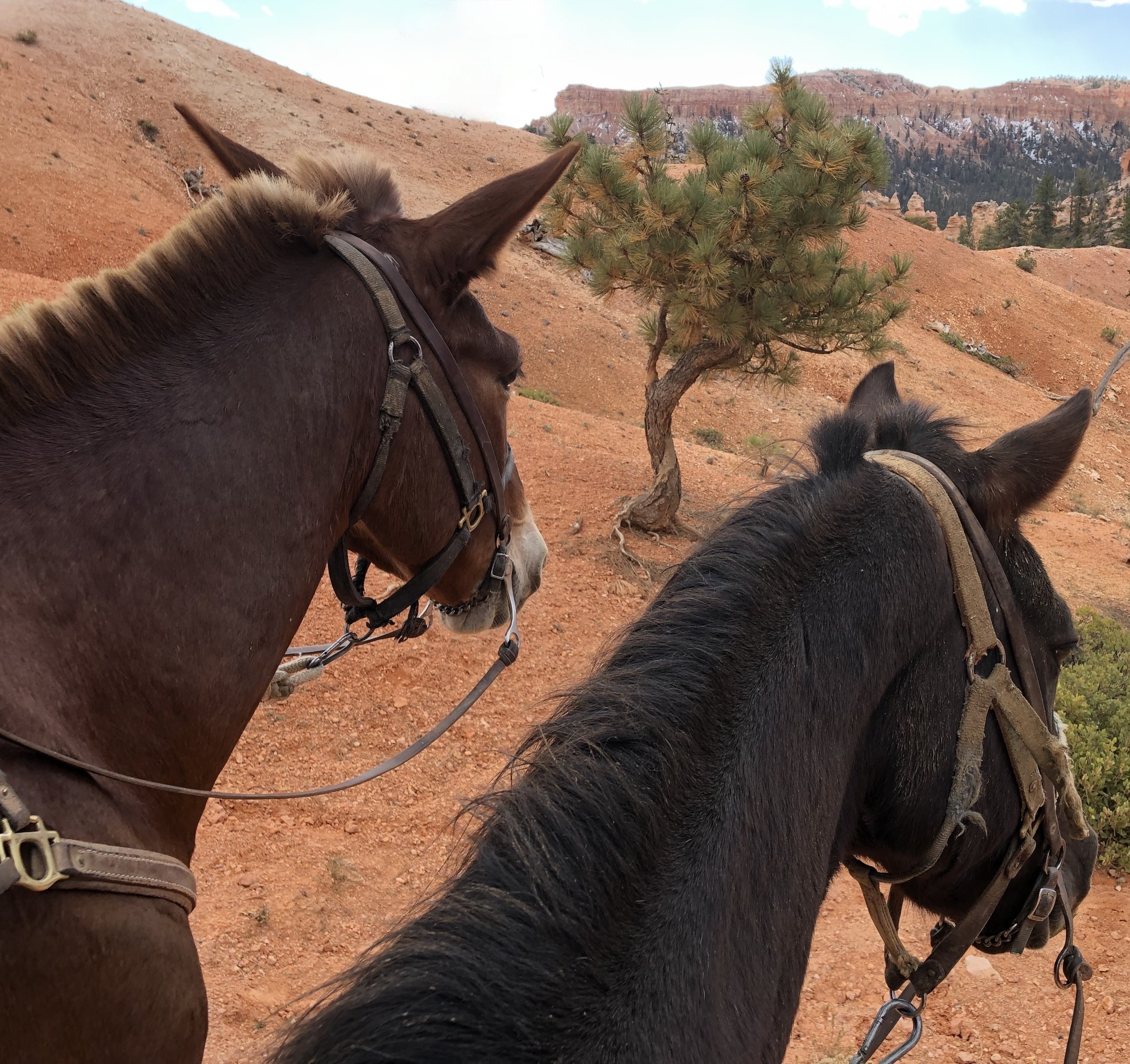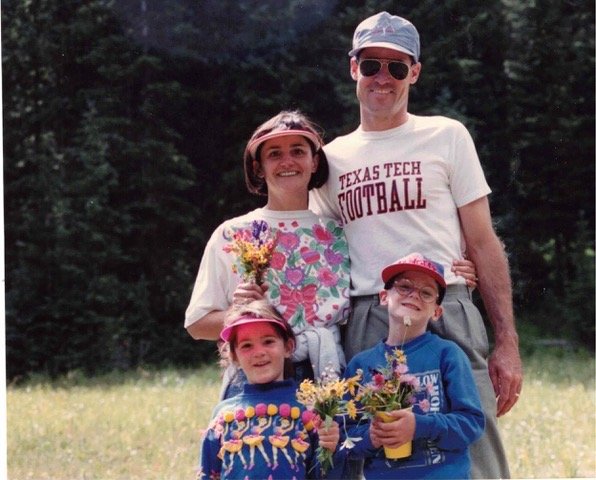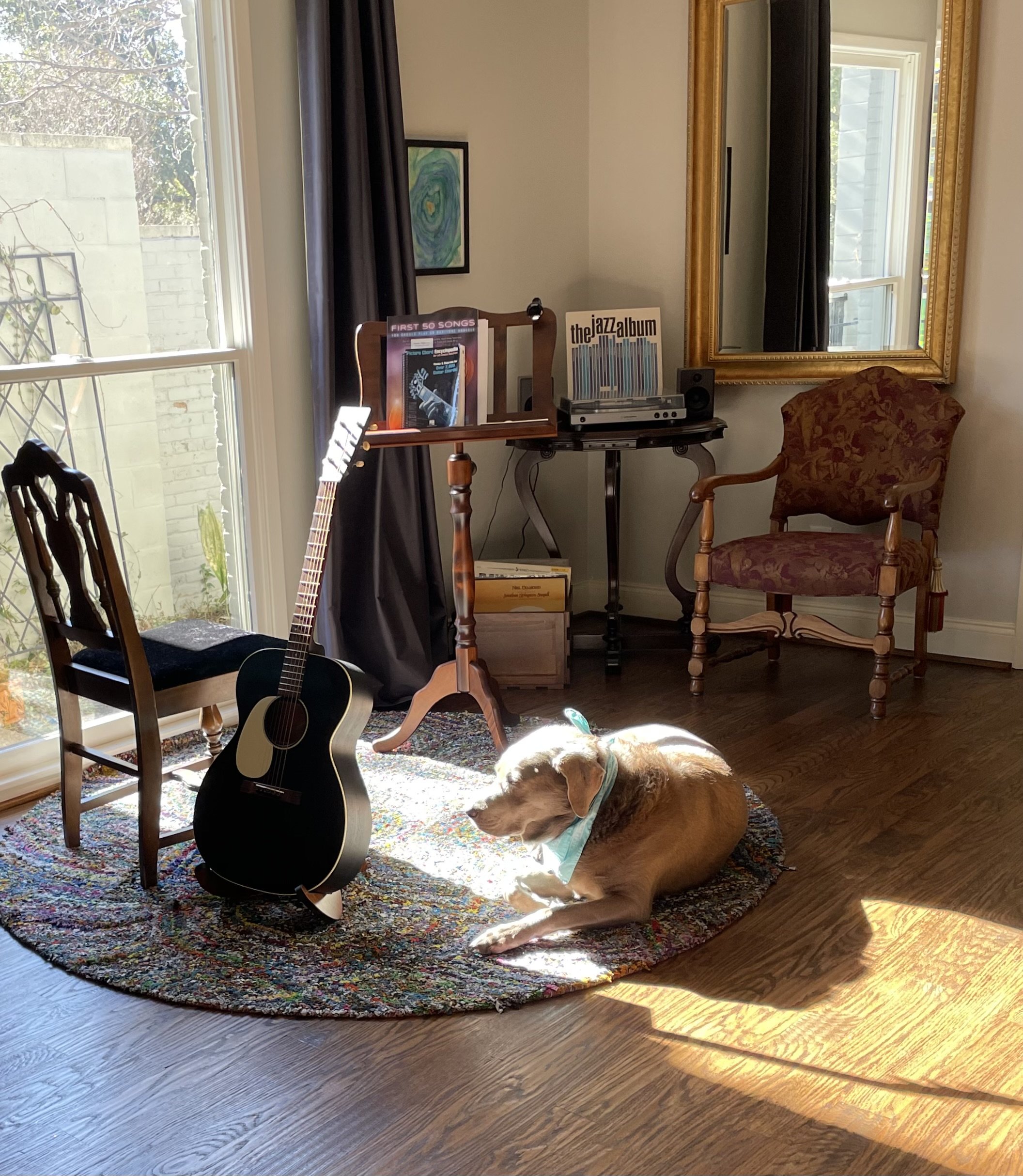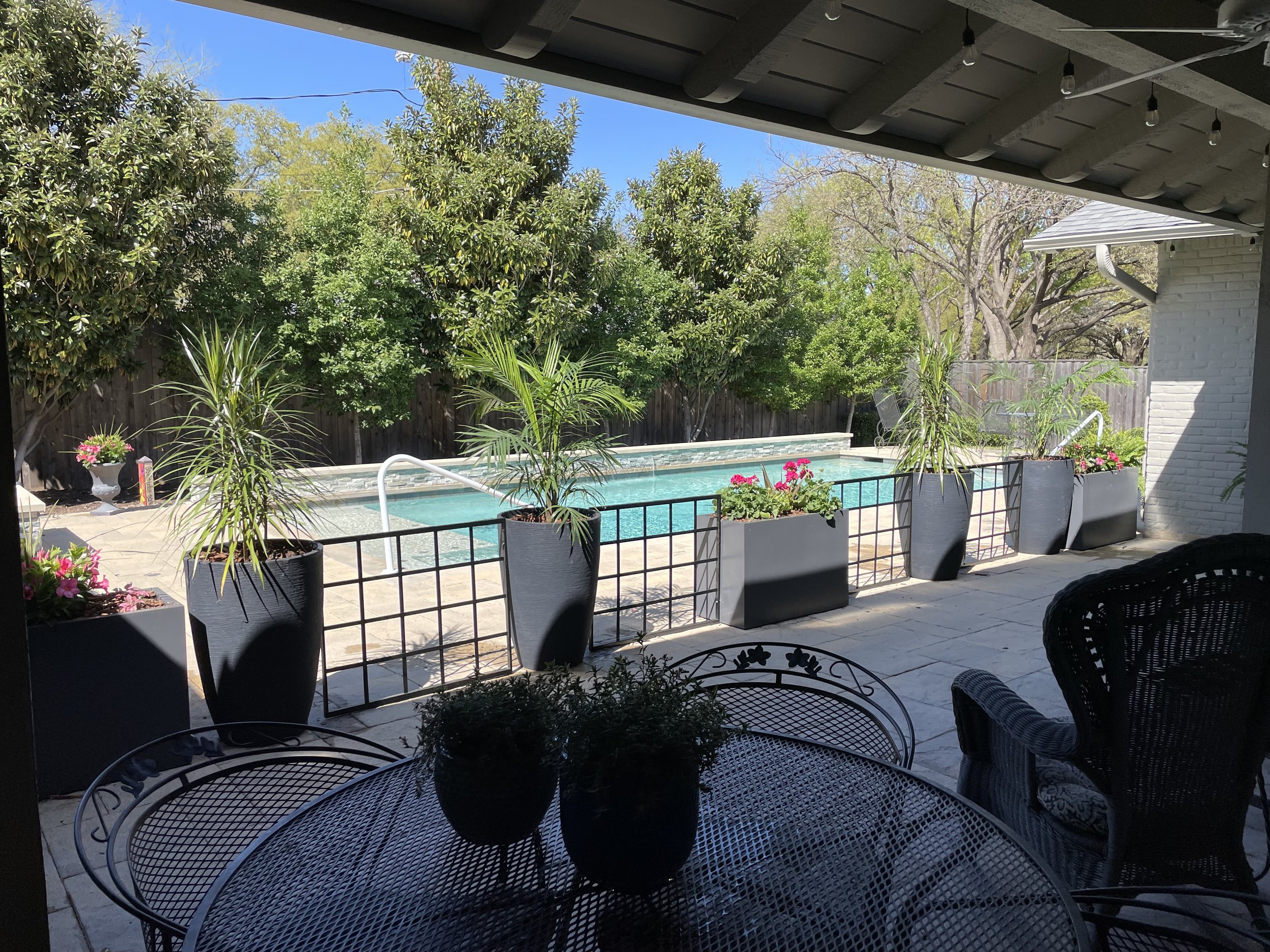Home: The Dwelling Place of Compassion
/Photo taken at Ft Worth Botanical Japanese Gardens, Ft Worth, TX.
A few years ago I was prompted to get curious and do some research about birdhouses. What stirred my curiosity was an encounter at the Ft. Worth Botanical Center. As I was taking some pictures of beautiful scenes in the Japanese Garden, I came across this birdhouse. Isn’t it beautiful?
When I saw that I wondered about different countries, regions and habitats, and how birdhouses were constructed differently in various geographic regions. It made me think of how accustomed we are to our own “known” worlds and how expansive and big the world really is.
One reason Roger and I love traveling is being able to explore and try to understand various cultures, beliefs, traditions…and birdhouses.
Photo taken in Hobbiton, New Zealand.
And just as the birds have various homes, houses and habitats, so do we.
I love this thought process by John O’Donohue: “A home is not simply a building; it is the shelter around the intimacy of a life. Coming in from the outside world and its rasp of force and usage, you relax and allow yourself to be who you are. The inner walls of a home are threaded with the textures of one's soul, a subtle weave of presences. If you could see your home through the lens of the soul, you would be surprised at the beauty concealed in the memory your home holds. When you enter some homes, you sense how the memories have seeped to the surface, infusing the aura of the place and deepening the tone of its presence. Where love has lived, a house still holds the warmth. Even the poorest home feels like a nest if love and tenderness dwell there.”
Photo taken at our previous home in West Des Moines, Iowa
The idea of home not only as a place, but also a source of belonging and security, is an interesting thread to explore. What could be revealed if we were to create a life map of the homes we have lived in, and then construct an overlay of the feelings of belonging, comfort, growth and security we experienced (or did not) in each one? It could be a memoir of our formation, our deepest growth and being.
Beyond the homes we have that are physical structures and dwelling places, we also have homes in our heart and soul – the dwelling of the most Sacred of ourselves.
How is it that we can open our hearts and our homes to others? We often wait for the disarray of the moment to be gone, for the busyness to subside, for everything to be decorated perfectly, or for our homes to be clean or tidy before we feel comfortable inviting others in.
But what if we were vulnerable and welcomed others as we are – to our homes as well as to our hearts? To lay out a bid for connection, to share a meal around the table, to laugh together, to cry together, to wonder aloud…. Is this not the connection and compassion and belonging that we so long for?
John Roedel writes,
“our real home
is the space we hold
for one another
our hearts were made
to be havens
for the hopeless
let us give each other
a place to rest
let us give each other
a place to rest
let us give each other
a place to rest”
When we have the capacity to reach out and offer a hand, offer rest, offer a listening ear, or hold space for one another, a shift occurs. We can then lean into compassion.
I love how Judy Cannato writes about compassion:
“Compassion changes everything. Compassion heals. Compassion mends the broken and restores what has been lost. Compassion draws together those who have been estranged or never even dreamed they were connected. Compassion pulls us out of ourselves and into the heart of another, placing us on holy ground where we instinctively take off our shoes and walk in reverence. Compassion springs out of vulnerability and triumphs in unity.”
Dallas, TX.
Birdhouses, Homes and Compassion
By Roger C. Jones
A small wren flies into a hole
in the birdhouse we bought so
we could enjoy watching her,
noting how she tends to
a humble space to assemble a nest.
She builds a foundation of twigs
topped with softer materials
like grass, weeds, and fibers.
She incubates her eggs and hatches
the young chicks that,
in time, fly away,
all in about a month.
The mama wren might then look from
her birdhouse to find our home.
Could she possibly conceive
how we tend our space, form our
families and care for
children until they are
ready to fly into the world?
Surely, mama wren would find one
instinctual element––compassion.
And truly she would see it
maybe not always and forever,
but certainly, compassion
lives there. It’s deep in every
soul, awaiting to be unleashed,
from out of ourselves and into
the heart of another.
At times, this compassion seems amiss,
but from wherever it springs,
it’s in the birdhouses
and compassionate homes.
What is our sacred space of home – as a dwelling, and in our hearts? How might we appreciate the beauty of nature and birds as we reflect on the idea of home, the invitation of home, the home of our heart, the dwelling and wellspring of compassion?
This month, I will be posting an image of birdhouses and offering a reflective question each day on Instagram and Facebook. (links here). If you are not on social media, you can download the daily posts and join in on the contemplative journey. PDF here


























